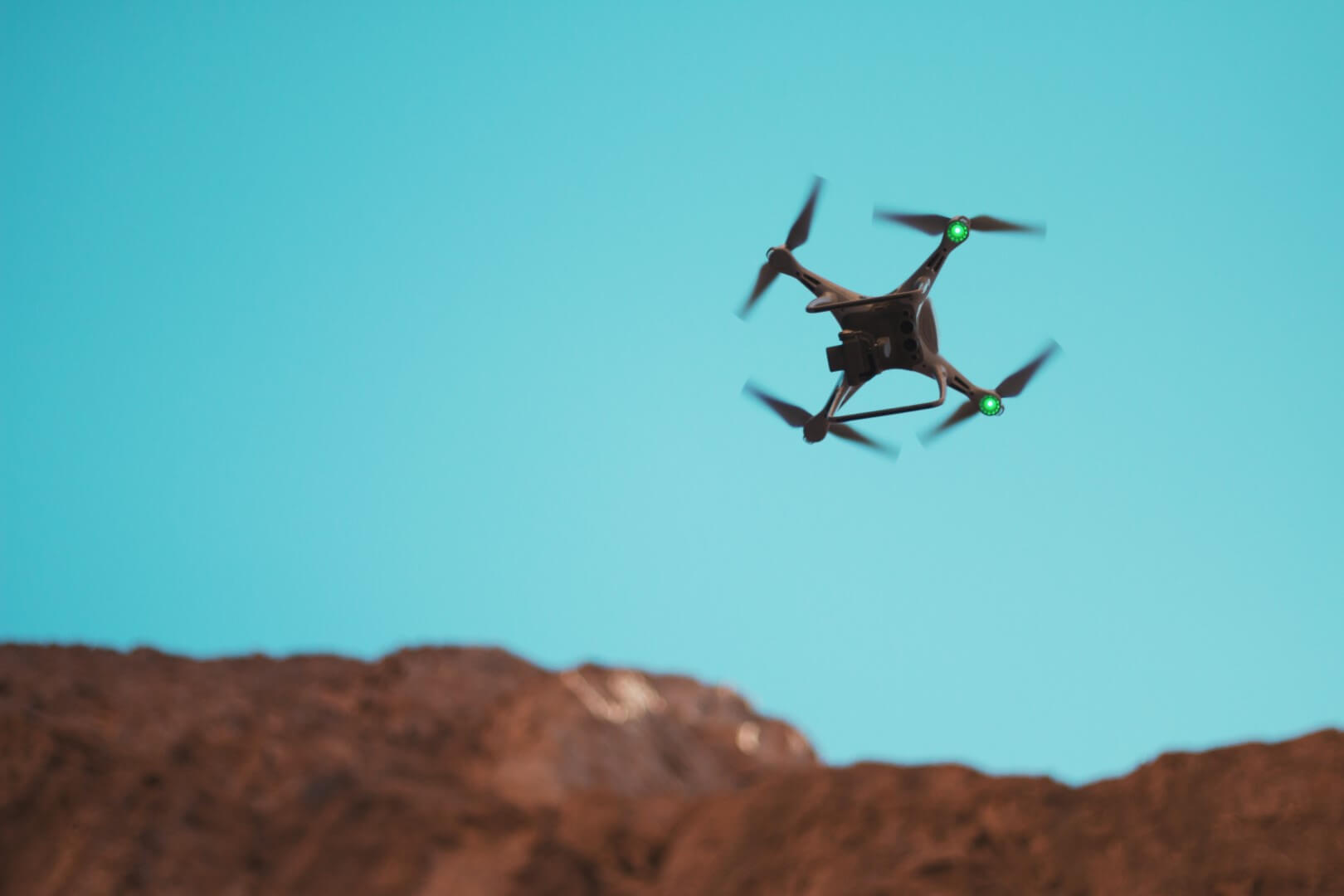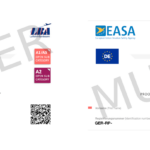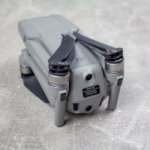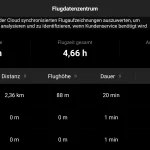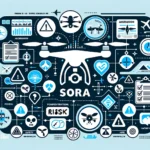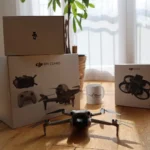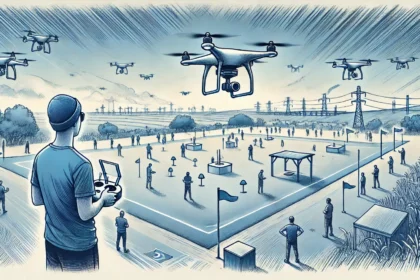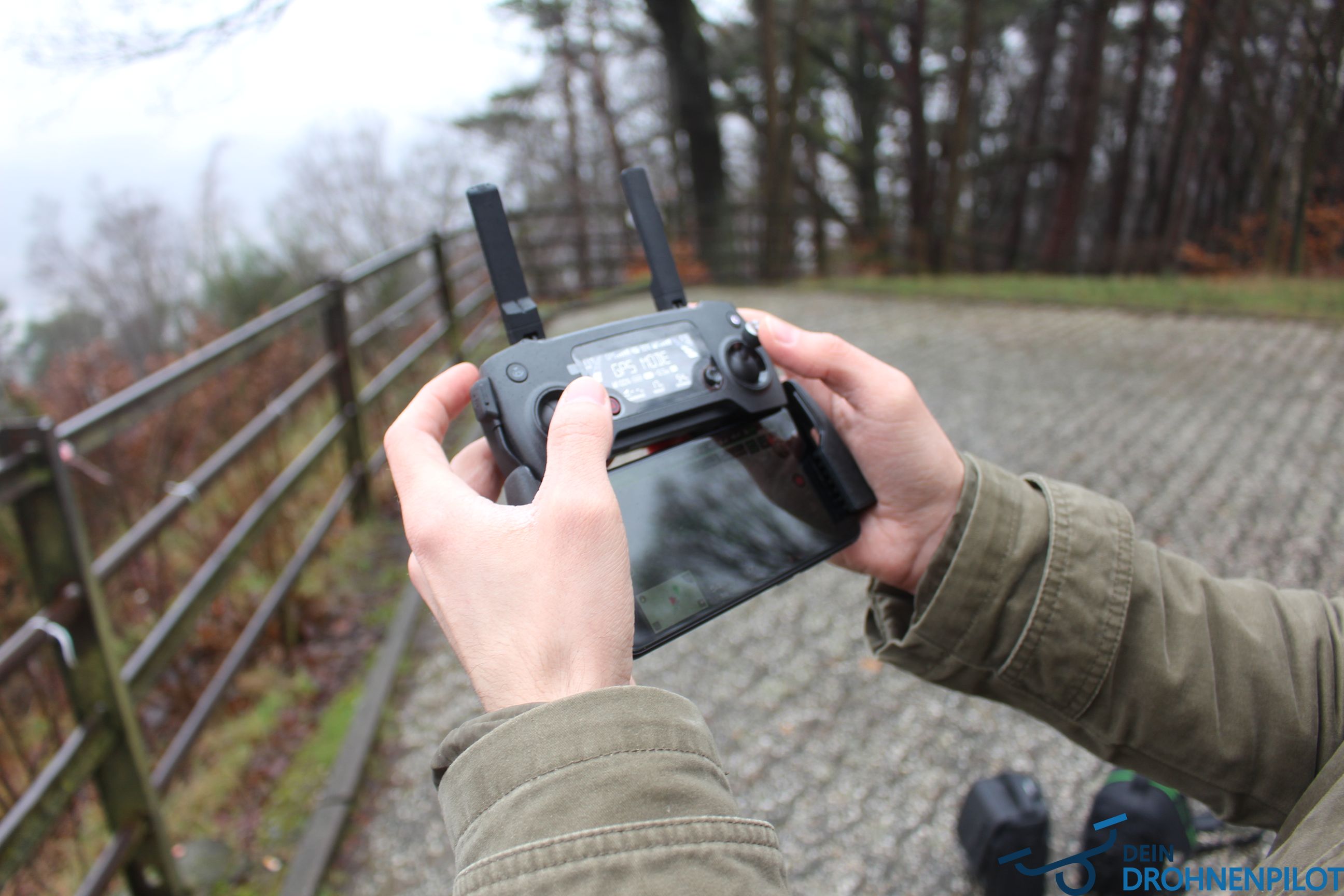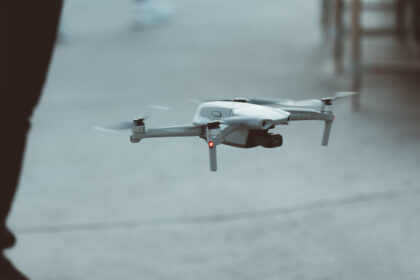Are you fascinated by drones and want to learn how to fly them? In this article, you’ll learn everything you need to know to master drone flying. We’ll take you through the process step by step and make sure you have all the information you need to become a successful drone pilot.
Flying a drone can be an exhilarating experience, whether you fly it for hobby or professional reasons. But it’s important to understand that it takes more than simply pressing the buttons on the remote control to successfully fly the drone. It takes time, patience and practice to really master flying a drone and get beyond simple flight manoeuvres.
In this article, you will get some useful tips on how to best learn to fly drones, what difficulties and challenges you may face when flying a drone, and how to properly control a drone. We will also go into further questions at the end to get you deeper into the subject.
The basics of drone flying
To begin, we’ll give you some basics to keep in mind as you practice. To make learning to fly a drone easier, you should familiarise yourself with the drone technology and controls. Read the instruction manual for your drone carefully and practice using the remote control. Master basic flight manoeuvres such as climbing, landing and hovering. A tip for beginners is to practice in an open and clear area without obstacles to avoid collisions.
Before you go: What’s the best way to learn to fly a drone?
There are many ways to learn how to fly a drone. Here are some tips that can help you:
- Start with a beginner drone: If you have never flown a drone before, you should start with a beginner drone. These are usually easier to fly and easier to control than advanced or professional drones. They are also often cheaper and ideal for practising and trying out.
- Learn about the drone: Before you start, familiarise yourself with your drone. Read the instruction manual and the technical specifications. Get to know the functions and settings of your drone and look out for possible limitations and special features.
- Practice in an open and safe environment: When practising flying a drone, choose an open and safe environment. Avoid flying near people or animals and follow local laws and regulations.
- Use flight simulators: Flight simulators are a great way to practice flying a drone without risking your device. There are many free and paid options that offer realistic flight experiences.
- Look for an experienced instructor: If you’re serious about learning to fly a drone, an experienced instructor can give you valuable tips and advice. Check online or with local drone clubs to find an instructor.
Step-by-step plan to learn how to fly a drone:
- Drone choice: Choose a drone that is suitable for beginners, easy to use and affordable. We cover this topic in a separate article: Drones for beginners: the best beginner drones.
- Understand technology and controls: Read your drone’s instruction manual carefully and familiarise yourself with the drone’s basic functions and controls.
- Safe flying environment: Find an open, clear and safe place to practice that is free from obstacles and other hazards.
- Basic flight manoeuvres: Practice basic flight manoeuvres such as ascent, landing, hovering, forward, backward and sideways flight, and rotation around its own axis.
- Flight exercises for beginners: Perform flight exercises regularly to improve your skills. Practice circling, flying in a figure eight, altitude control and navigating through obstacles.
- Safety awareness: Be aware of flight safety and responsible drone flying. Learn about flight rules, no-fly zones and respect other people’s privacy.
- Legal requirements: Familiarise yourself with the legal requirements in your country, such as the drone licence and flight rules. In Germany and the entire EU, the EU Drone Regulation applies.
- Further training and courses: Join a flight school or drone course to receive professional guidance and further develop your skills.
- Drone community: Join a drone community to share experiences, ask questions and learn from other drone pilots.
- Practice and patience: Practice regularly and be patient to continually get better at flying drones. Over time, you will progress and become a safer, more responsible drone pilot.
How do I control a drone correctly?
To properly control a drone, it is important to understand the basic functions of the remote control. Normally, the remote control has two joysticks. The left joystick controls the height (ascent and descent) and the rotation of the drone around its own axis (yaw). The right joystick can be used to move the drone forwards, backwards and sideways (pitch and roll). Before you start flying, familiarise yourself with these functions and control the drone slowly and carefully to get a feel for the controls. Be sure to keep the drone in sight at all times and adjust the controls as necessary to fly safely and accurately. With time and practice, you will develop a better understanding of the drone’s controls and be able to perform more complex manoeuvres.
Flight exercises for beginners
To continuously improve your drone flying skills, it’s important to do regular flight exercises. Here are 10 flight exercises for beginners to help you master different aspects of drone flying:
Note: Before you take your drone out the door and start flying, you should read our article Tips for flying a drone for the first time – what you need to know!
- Hovering: Learn to keep the drone stable in the air. Practice hovering at a constant altitude without making large changes in altitude or direction.
- Takeoff and Landing: Practice taking off and landing the drone in a controlled manner. Make sure the drone takes off and lands smoothly to avoid damage.
- Forward and Backward Flight: Practice flying the drone forward and backward. Make sure you maintain control of the drone and do not fly it too fast or abruptly.
- Sideways Flight: Practise flying the drone sideways. Fly both left and right to get a feel for sideways control.
- Yaw (Rotation around its own axis): Learn to turn the drone around its vertical axis. Practice both clockwise and counter-clockwise and try to vary the speed of rotation.
- Circular Flight: Fly the drone in a circle around a fixed point. Make sure that the circle is even and that the drone stays at the same altitude during the flight.
- Figure Eight Flight: Fly the drone in the shape of a figure eight. This helps to practise coordinating forward, backward and sideways movements as well as rotation.
- Flying over obstacles (Obstacle Course): Set up a simple obstacle course and practice navigating the drone safely through the obstacles. This can be done using cones, posts or other prominent objects.
- Altitude Control: Practice the controlled climb and descent of the drone. Climb to different heights and try to keep the drone stable on the ground.
Safety and responsibility when flying drones
As an aspiring drone pilot, it is important that you are aware of flight safety and responsibility. Be careful not to endanger people or animals and respect the privacy of others. Find out about local no-fly zones and follow the law. An important tip: Always maintain visual contact with the drone and be aware of potential hazards and obstacles.
Continuing education and community
To improve your skills as a drone pilot, it is recommended that you attend a flight school or drone course. You’ll receive professional instruction and learn how to control your drone safely and efficiently. It is also helpful to join a drone community to share experiences, ask questions and learn from other drone pilots. Online forums, Facebook groups and local meetups are great ways to connect with like-minded people. We recommend our own drone forum where you can quickly get competent help on all questions about drones.
Drone licence and flight rules
Although the focus of this article is on learning to fly, it is also imperative(!) to find out about the legal requirements and the need for a drone pilot’s licence. In many countries, such licences are mandatory for drone pilots, especially for drones over a certain weight or for commercial use. Make sure you familiarise yourself with the flight rules of your country and comply with them.
Important: Drone liability insurance
Another important aspect of flying drones is to be covered by appropriate drone liability insurance. This insurance protects you from financial claims that may arise from damage caused by your drone – for example, personal injury or property damage. Such insurance is even required by law for drone pilots. Before you start flying your drone, you should find out about the different providers and rates to find the right cover for your needs.
FAQ on the subject of learning to fly a drone
The best way to learn to fly a drone is to first familiarise yourself with the technology and controls, complete regular flight exercises and, if necessary, take part in a flight school or drone course.
For beginners, flying a drone can be challenging at first. However, with practice and patience, you will quickly progress and master the controls.
A drone is controlled with a remote control that has different sticks and buttons. Be sure to follow the instructions in your drone’s manual and practice basic flight manoeuvres such as climbing, landing and hovering.
Drones under 250g are subject to less stringent rules in many countries. However, you should check local laws and no-fly zones before flying your drone. Be sure to respect the safety and privacy of others.
That depends on a few factors. We answer this question in detail in our detailed article on the drone licence.
Yes. In Germany, the EU and many countries around the world, drone liability insurance is required by law! Similar to driving a car.
Summary
In this article, we have looked at the topic of learning to fly drones and created a comprehensive guide for beginners. We emphasised the importance for beginners to choose the right drone and familiarise themselves with the instruction manual and control functions. The article offers a variety of practical flight exercises for beginners and provides tips for safe flying, including compliance with flight rules and no-fly zones. We also highlight continuing education opportunities and the benefits of networking in the drone community. Finally, we answered frequently asked questions about drone flying and gave a brief overview of the next steps for advanced drone pilots.


